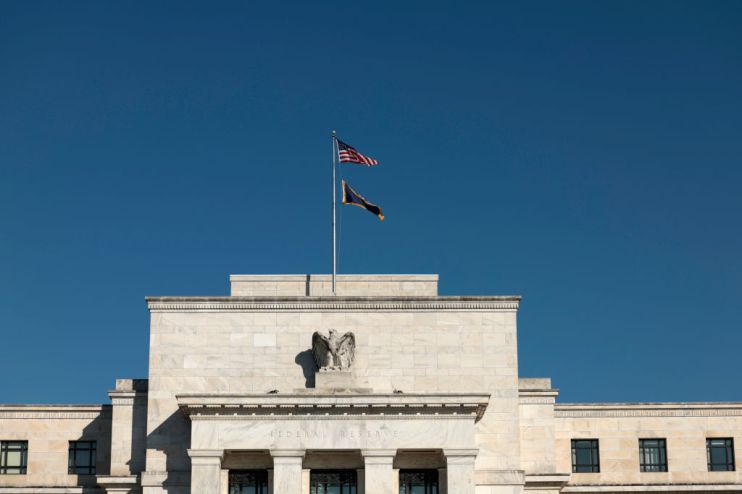US jobs growth surged in September as Fed now likely to raise interest rates again

US job growth surged in September, suggesting that the labor market remains strong enough for the Federal Reserve to raise interest rates this year, though wage growth is moderating.
Nonfarm payrolls increased by 336,000 jobs last month, the Labor Department said in its closely watched employment report on Friday.
Data for August was revised higher to show 227,000 jobs added instead of the previously reported 187,000.
Economists polled by Reuters news agency had forecast payrolls rising by 170,000 jobs. Estimates ranged from 90,000 to 256,000 jobs.
The larger-than-expected increase was despite the tendency for the initial September payrolls print to be biased lower because of seasonal adjustment issues related to the return of education workers after the summer break.
The economy needs to create roughly 100,000 per month to keep up with growth in the working-age population.
Richard Carter, head of fixed interest research at Quilter Cheviot said the numbers confirm that the market will have to “come to terms with higher interest rates for longer.”
“The surge in new jobs was unexpected and adds to the belief that the US economy remains too hot, and that interest rate cuts will not be seen for a while.”
He added: “Bond yields have been rising over the past month and it is data prints like this that make the risk of inflation spiking again appear more of a reality. The fact is that interest rates are not yet having the complete desired effect of dampening demand and tightening conditions.”
There was no impact on payrolls from a strike by the United Auto Workers (UAW) at General Motors , Ford Motor, and Chrysler parent Stellantis. The strike by roughly 25,700 of the 146,000 UAW members started towards the end of week that the government surveyed businesses for September’s employment report.
There was no boost from the end of a months-long strike by Hollywood actors, as they returned to work after the payrolls survey period. The unemployment rate was unchanged at an 18-month high of 3.8 per cent.
Monthly wage growth remained moderate, with average hourly earnings rising 0.2 per cent after a similar gain in August. In the 12 months through September, wages increased 4.2 per cent after advancing 4.3 per cent in August.
Wages are still rising faster than the 3.5 per cent pace that economists say is consistent with the Fed’s 2 per cent inflation target.
But as fewer people quit their jobs in search of greener pastures, wage growth could moderate, though recent hefty union contracts pose a risk.
Labor market strength is helping to sustain the economy, with growth estimates for the third quarter as high as a 4.9 per cent annualized pace, more than double what Fed officials regard as the non-inflationary rate of around 1.8 per cent.
But dark clouds are gathering over the economy amid soaring US Treasury yields and political dysfunction in Washington.
Millions of Americans resume student loan repayments this month, which economists say will weigh on consumer spending, impacting purchases of long-lasting manufactured goods, houses as well as travel and entertainment, with ripple effects on employment.
Economists estimate that the expiration of the more than three-year moratorium could cut at least $400 per month from budgets of households carrying student debt.
Reuters
